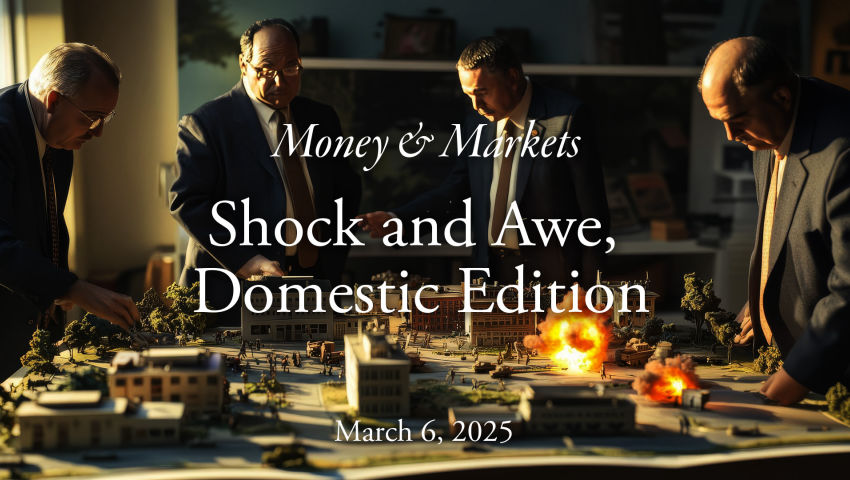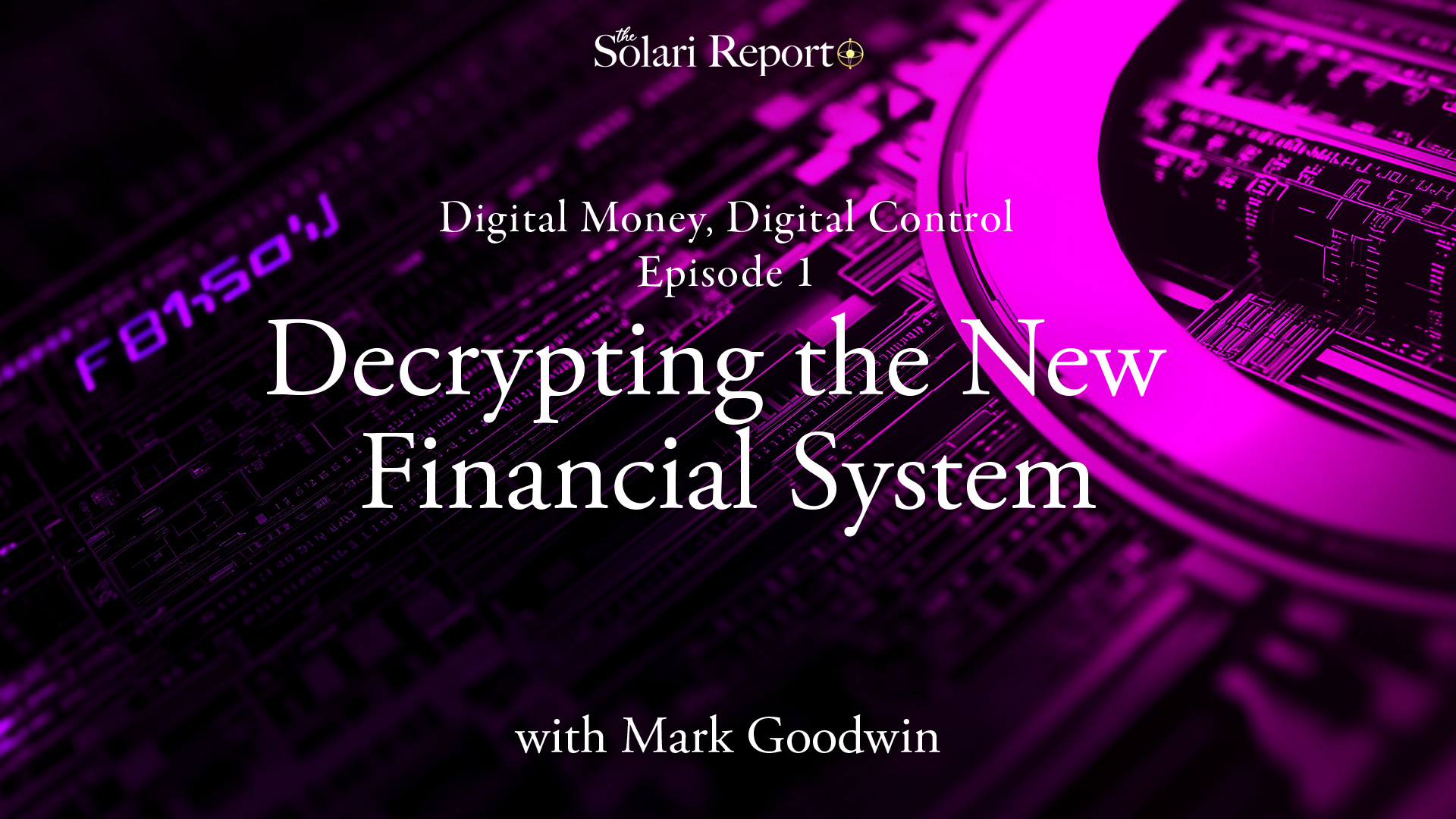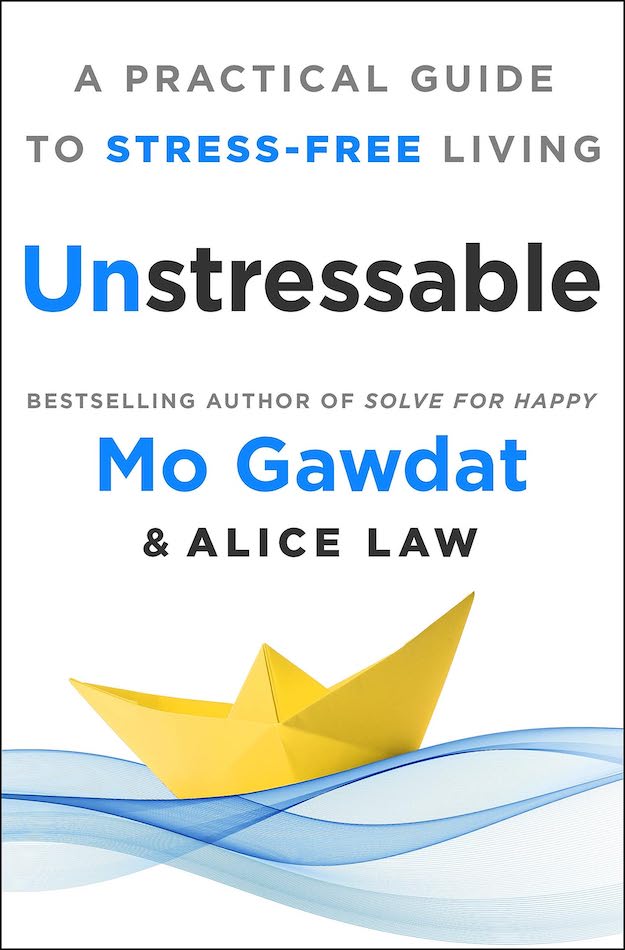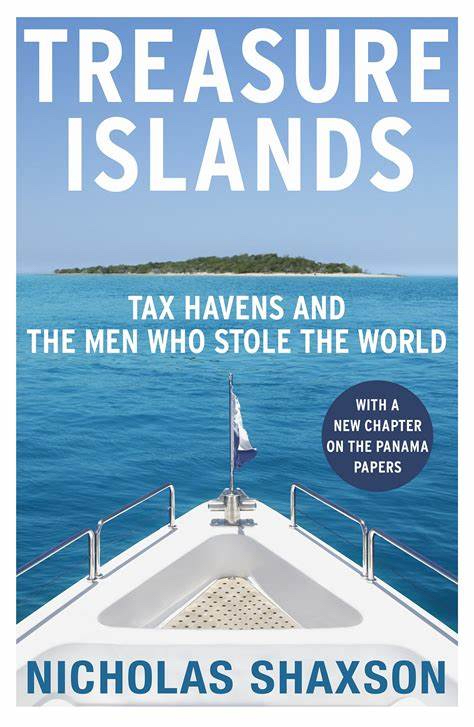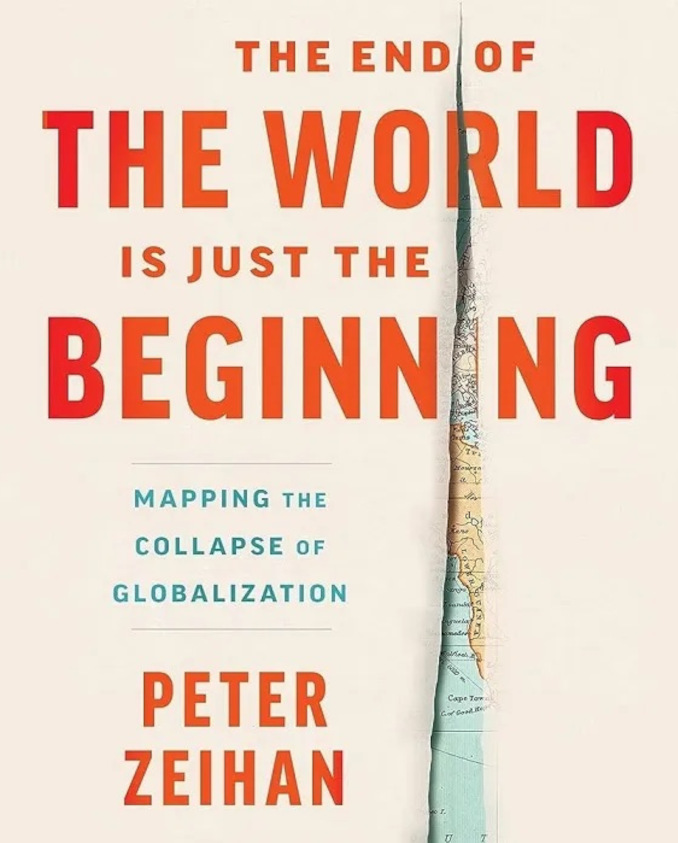Book Review, April 1, 2025
The Rialto in Richmond
By Dr. Joseph P. Farrell
By Catherine Austin Fitts
This one is a barn burner, especially if you are interested in the U.S. Civil War and the monetary and fiscal history of the United States and Europe during that period. It’s got it all—missing money, presidential assassinations, secret technology, Cabinet betrayals, and cover-ups. As Dr. Farrell points out in his opening, “History, someone once said, never repeats, but it does rhyme and echo, and in the current times, the echoes and rhymes with all their horrible sense of déjà vu are being clearly heard once again.”
The Rialto is the centuries-old financial and commercial center of Venice, Italy, a power center that Dr. Farrell wrote about in his book Financial Vipers of Venice. In The Rialto in Richmond: The Money War Between the States & Other Mysteries of the Civil War, Dr. Farrell uses Rialto to describe the reserves of specie, currency, bonds, legal documents, and bank and government accounts from Richmond, Virginia (the Confederacy capital) evacuated by Confederacy President Jefferson Finis Davis after General Robert E. Lee’s army had to abandon Richmond. Davis attempted to move operations south to the Trans-Mississippi but was captured after the assassination of Lincoln, who had let his generals know that he would prefer for Davis to slip the noose.
With the page-turning suspense of a grand historical story, Dr. Farrell leads us through the last months of the War Between the States, the assassination of President Lincoln, and the extraordinary number of unanswered questions that plague that event—and remind us of the many similar questions regarding the Kennedy assassination, so much in the news these days. This includes how presidents who have the U.S. Treasury issue currency directly without debt do so at their own peril.
Equally fascinating is Dr. Farrell’s comparison of the North’s currency and financing of the war to that of the Confederacy. Once again, we see the importance, where winning wars is concerned, of having the lowest cost of capital. Money isn’t everything, but it is one of the critical pillars of the endurance that brings victory. Technology is another, and Dr. Farrell also dives into the role played by the airships mystery. Yes, people were flying long before the Wright brothers, and what happened to that technology along with the Confederacy gold and accounts is an important and fascinating question. We should not necessarily assume that the “Breakaway Civilization” started with the Nazis and WWII.
Dr. Farrell does an excellent job of describing the impact of Lincoln’s assassination as well as the attempted assassination of his Secretary of State on the Reconstruction period after the war. Lincoln had dictated a policy of leniency toward the Confederate states. His Secretary of War, Edwin Stanton, and a group of Republicans wanted to plunder instead, with some interests keen to make up for losses during the war.
Plunder they did—and it was particularly brutal at that. My father was from Tennessee, as was my stepmother. I have had a home in Tennessee since moving there in 1999. I have heard countless stories of the plunder that followed the war. Lives lost. Livestock lost. Land lost. Lawlessness and butchery. The stories pass down through the generations. It’s in the music, and it can be felt in the importance placed on being kind to one another. A kind culture makes life bearable in the face of great evil and resulting loss.
Appropriately, Dr. Farrell draws parallels to the Rape of Russia. I am reminded of the bond and loan positions used to finance the war in Ukraine—and the possible impact on the French, British and German inability to negotiate an end to the conflict.
We are left with a burning question: Who is really pulling the strings? Dr. Farrell describes a story that Lincoln told before his death, implying that he was not really in charge. The question is, “So who was?” and “Who is?” Joseph connects the dots with the banking centers and geopolitics of Europe. Cotton was king, and the Confederacy was the source for the textile mills of the British empire that clothed an enormous number of people. The pillaging of the Southern states was surely one of the great land grabs of history. Cui bono? One hundred years of land records will likely tell the story.
Whether your interest is in money or history or simply enjoying an enormously entertaining read, I highly recommend The Rialto in Richmond.
Related at Solari
The Breakaway Civilization with Dr. Joseph Farrell
The Breakaway Civilization, Part Two with Dr. Joseph Farrell
Oligarchy & Their Fronts, a Report with Dr. Joseph Farrell
Book Review: Covert Wars and Breakaway Civilizations
Book Review: Farrell on the Breakaway Civilization
The Airship Mysteries & the Origins of the Breakaway Civilization with Walter Bosley

